
When your pet is a snake, that is a definite possibility.
There are a number of snake species that make excellent pets and that can live over 20 years with the right care.
These long-lived snakes can become true lifelong friends, letting you build a real bond over time.
To help you find a snake that can live a long time, we’ve compiled this list of snakes that easily live over 20 years, if you provide them the proper care.
Snake Species That Can Live Over 20 Years
Every one of the snake species below can live for more than 20 years. But you do need to care for them properly. Luckily, this is fairly easy to do with a snake, which does not require the attention some other pets do, like dogs for example.
1. Ball Python
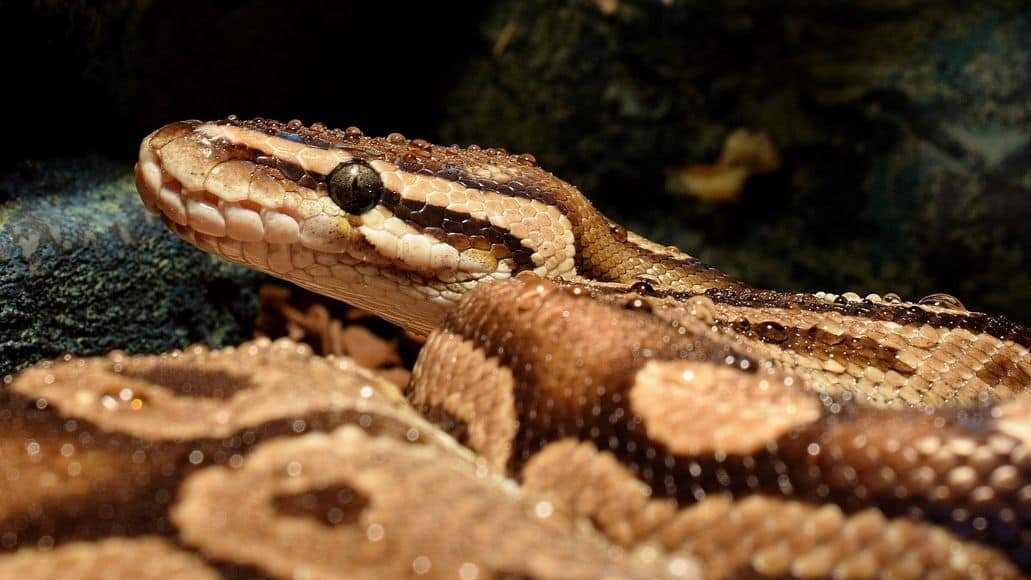
Ball pythons are a favorite for pet owners everywhere. These gentle snakes come from West Africa and are a solid choice for beginners.
With proper care, ball pythons usually live 20 to 30 years. Some lucky owners have had theirs reach 40 years or more. The oldest known ball python lived 48 years at the Philadelphia Zoo. That’s wild, but it shows what’s possible with top-notch care.
Wild ball pythons don’t make it as long—predators and tough living conditions mean they often only reach 10 to 15 years.
They’ll usually grow to 3 to 5 feet long. Ball pythons have calm personalities and almost never bite, so they’re great for families.
If you want your ball python to stick around, focus on good housing, the right food, and regular vet checks. Keep their enclosure warm and feed them pre-killed rodents every week or two.
2. Boa Constrictor
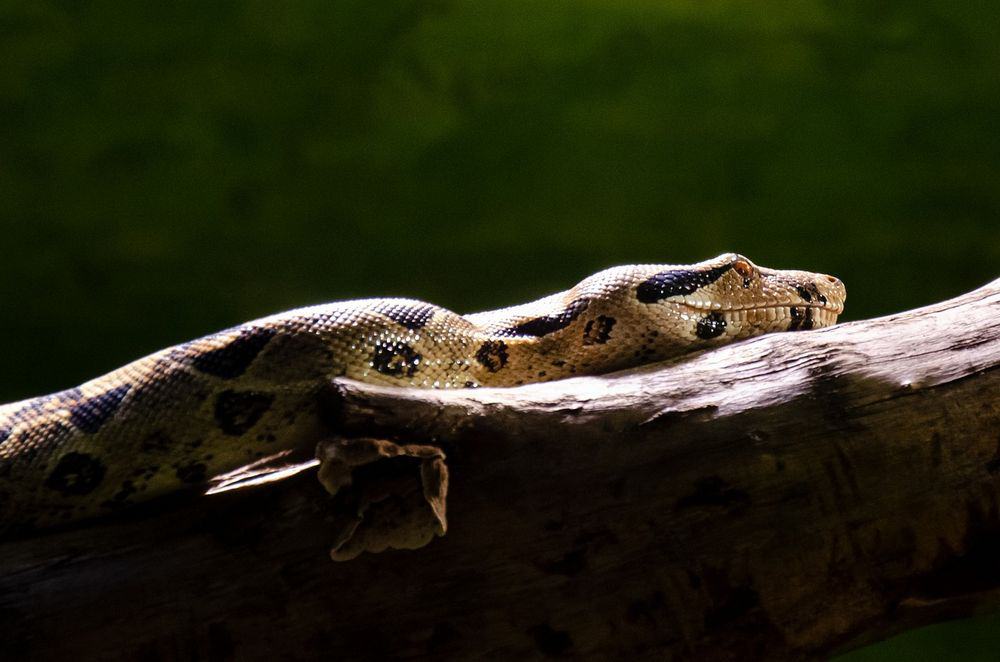
Boa constrictors are another popular pet that can easily live over 20 years. These impressive snakes are great for experienced owners who want a long-term companion.
In the wild, boas usually live 20 to 30 years, but in captivity, they can go even longer. With the right setup, your boa could live 25 to 40 years. Some have even topped 40 in captivity. Their long lifespan means you’re signing up for decades of care. It’s not a short-term pet by any means.
Boas are generally easy to handle and pretty laid-back. They need a secure, warm, and humid tank to stay healthy. They’re non-venomous and kill prey by squeezing. Boas can get big. 6 to 10 feet isn’t unusual.
3. Carpet Python

Carpet pythons are a smart pick if you want a snake that’ll be around for the long haul. These striking Australian snakes often live over 20 years in captivity with good care. In the wild, they might hit 15 to 20 years, but with a safe environment, captive carpet pythons can even break 30 years.
They’ll usually grow to about 6 to 8 feet, though big females might hit 9 feet or more. You’ll need a roomy enclosure as your snake matures.
Carpet pythons come from Australia and Papua New Guinea, living in all kinds of places. They inhabit rainforests, savannas, rocky spots, you name it.
In the wild, they eat birds, rodents, and lizards. For pets, you’ll feed them frozen-thawed mice or rats.
If you’re considering a carpet python, just know it’s a serious commitment. With your care, they could be with you for 25 to 30 years or longer.
4. Reticulated Python
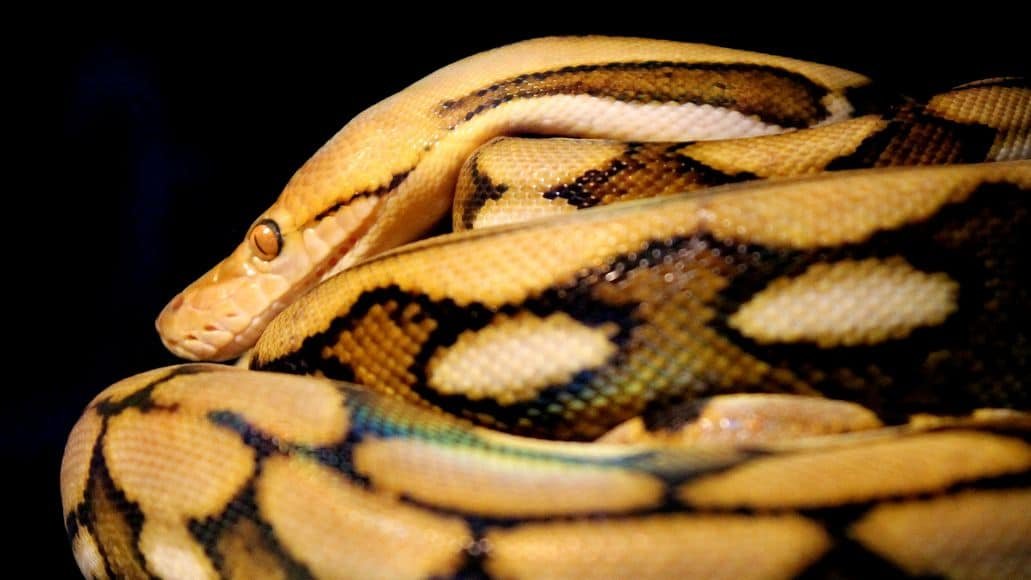
The reticulated python is a showstopper. Hailing from Southeast Asia, it’s the longest snake on the planet.
These giants can reach 20 to 30 feet, sometimes even more. Their net-like patterns are gorgeous and make them easy to recognize.
In the wild, reticulated pythons can live 20 to 25 years, sometimes up to 30. Captive ones often outlive their wild cousins if you give them what they need.
They’re powerful constrictors, and not venomous at all. You’ll spot them in forests and grasslands across their native range.
If you’re drawn to big snakes, the reticulated python stands out for both size and longevity. But they’re not for beginners—they need experienced hands. Reticulated python bites are no fun!
5. King Cobra
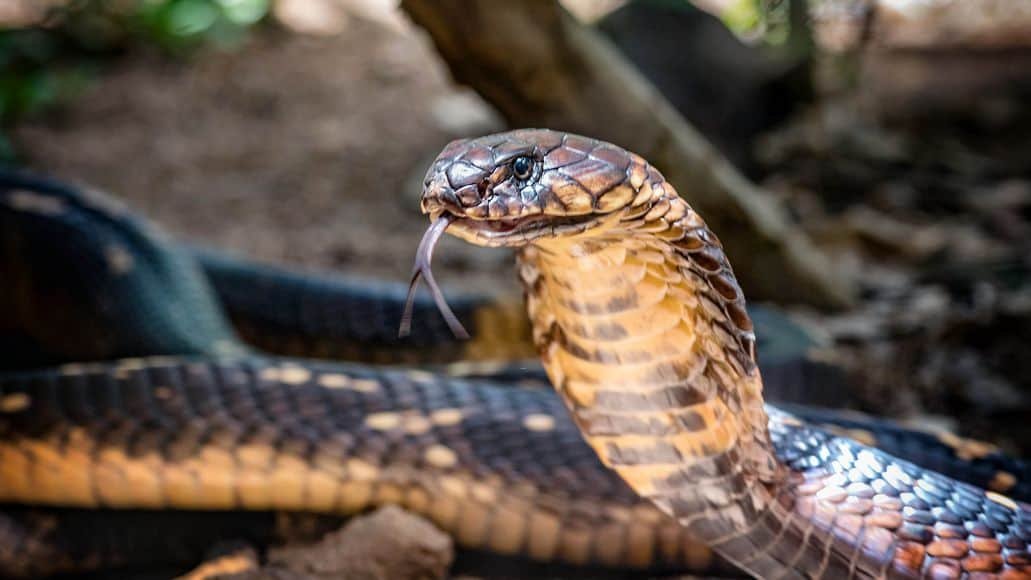
The king cobra holds the title for longest venomous snake. In the wild, these impressive reptiles can live up to 20 years. In captivity, they can outlive their wild counterparts, sometimes making it past 25 years. Rarely, they’ve reached 30 years with excellent care.
Wild king cobras face all sorts of challenges—food shortages, habitat loss, and humans all play a role in how long they last.
Most king cobras grow 10 to 12 feet and can weigh up to 20 pounds, but some reach 18 feet.
King cobras are apex predators. They rule their Asian forest homes and eat other snakes, so they don’t have many enemies.
They’re pretty smart, too. King cobras build nests for their eggs and guard them until they hatch, which helps the babies survive.
6. Timber Rattlesnake
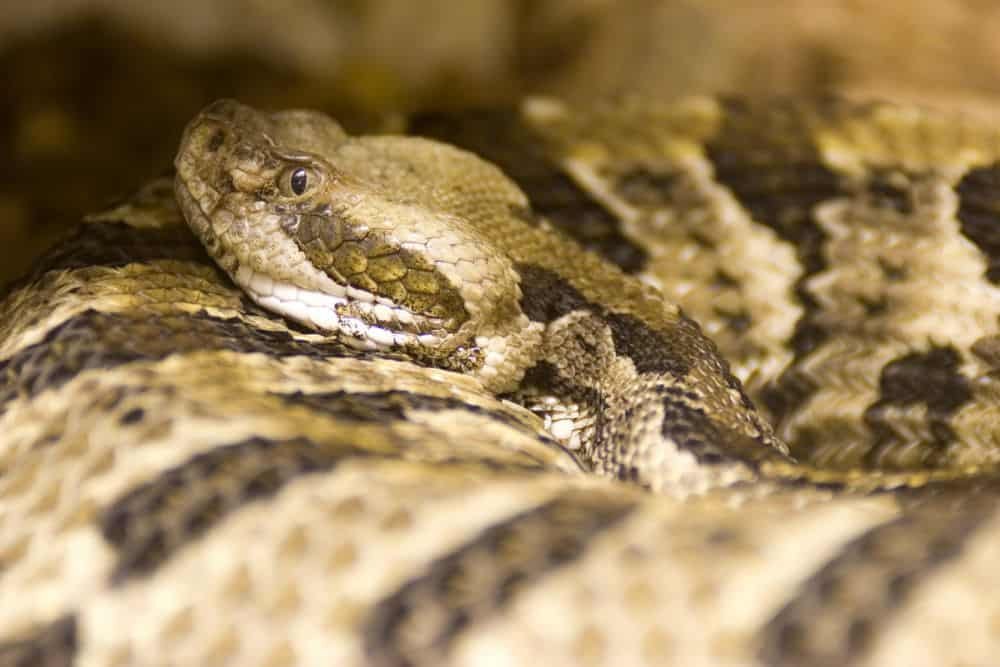
Timber rattlesnakes are known for their long lives in the wild, often reaching 20 to 30 years. Captive timber rattlesnakes sometimes go even longer—one made it to 36.5 years.
These snakes spend winters in communal dens, usually on south-facing slopes under rocks or in crevices. Every fall, they return to the same den. When spring hits, they’ll travel up to four miles from their winter spots. They’re active during the day in spring and fall, but switch to nighttime in hot summers.
Females give birth to 6-10 live babies every 2-3 years. The babies are born with venom and a tiny rattle. Because they live so long, females only reproduce a few times in their lives.
Timber rattlesnakes take a while to mature, especially up north—they might not start reproducing until they’re 6 to 11 years old.
7. Kingsnake
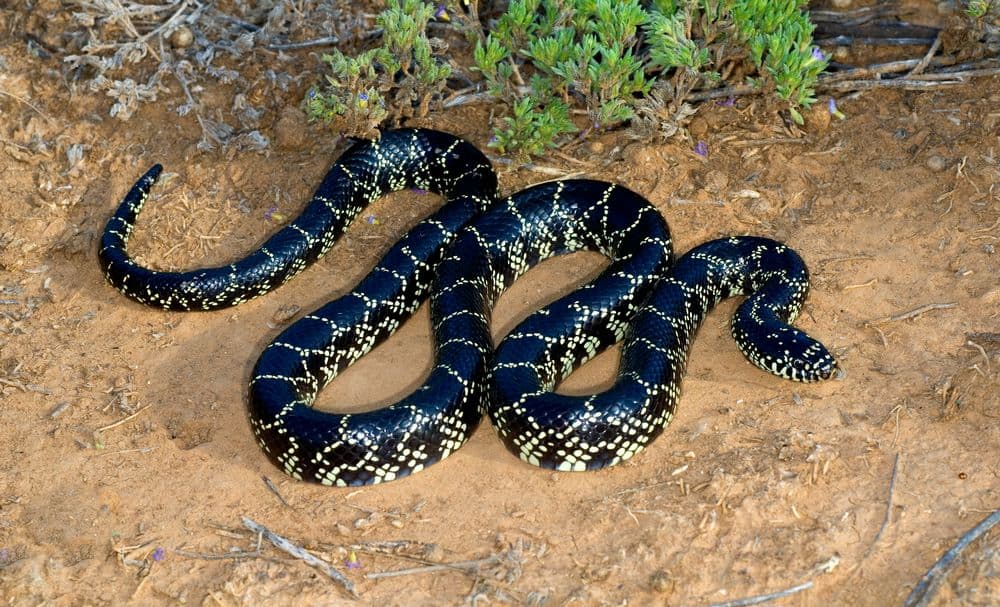
Kingsnakes make great pets that often outlive many other snake species. With good care, yours can live 15-20 years, sometimes longer. The oldest kingsnake on record made it to 33 years in captivity. Many pet kingsnakes reach 20-30 years.
Lifespan depends on diet, housing, and health care. Some types naturally live longer than others, but a good setup makes a big difference.
Wild kingsnakes usually only get 10-15 years due to predators and disease. As pets, they live much longer thanks to steady food and safe housing.
Kingsnakes are hardy and rarely get sick, which helps them stick around. If you’re getting one, be ready for a long-term friend.
They’ll eat other snakes in the wild, even venomous ones, though they’re not venomous themselves. At home, mice or rats will keep them happy.
8. Corn Snake
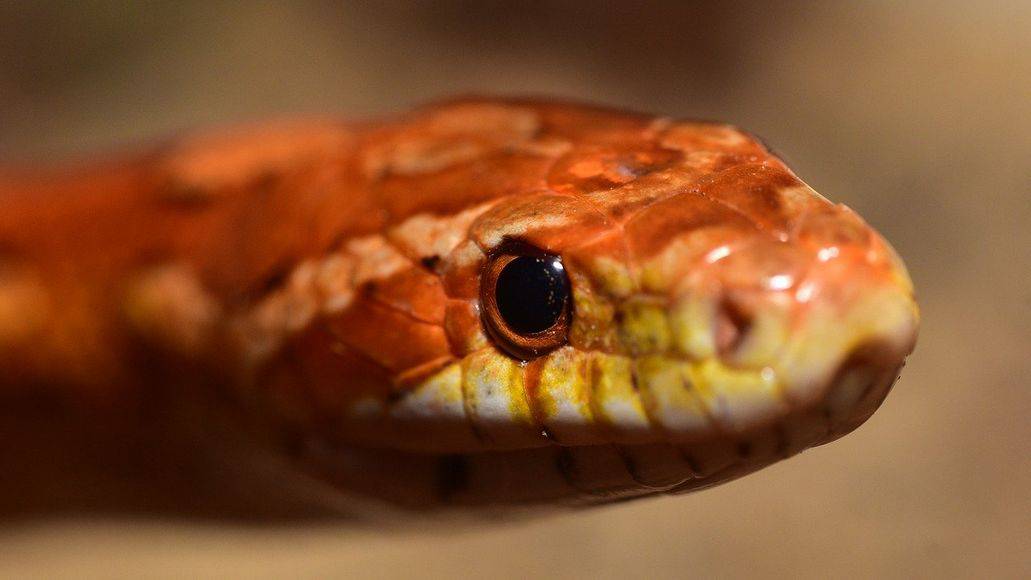
Corn snakes are a favorite among snake lovers. They’re gentle, easy to care for, and handle well.
Wild corn snakes manage about 6 to 8 years, facing constant threats from predators and disease. In captivity, corn snakes live much longer—most make it 15 to 20 years with decent care. Some have even made it past 20; the oldest recorded lived over 32 years.
Lifespan really comes down to care. The right food, temperature, and housing matter a lot.
These snakes are native to the southern U.S. They aren’t poisonous and rarely bite. Corn snakes stay a manageable size, not too big or tiny, which is a plus for many owners.
9. Gopher Snake
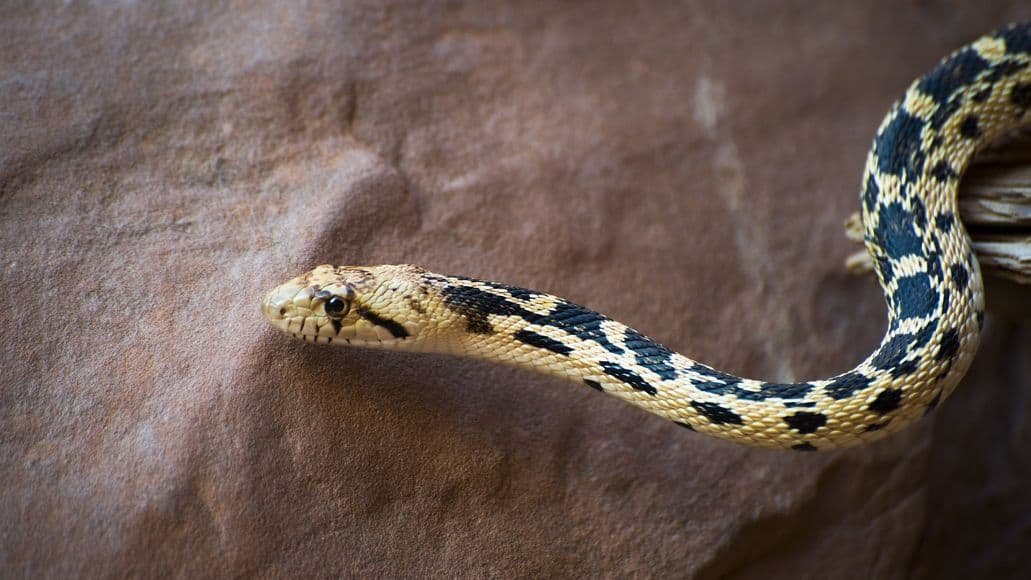
Gopher snakes can live surprisingly long lives in captivity—over 20 years isn’t rare if you look after them. In the wild, most make it 12 to 15 years, with predators and weather often cutting things short.
Captive gopher snakes can hit 20 to 30 years. Some have even passed the 30-year mark, so you’re in it for the long run if you get one.
Gopher snakes keep growing throughout their lives, and females usually end up bigger than males.
If you want your gopher snake to thrive, focus on proper housing, food, and health checks. They’re rewarding pets for folks willing to commit for decades.
10. Brown Tree Snake
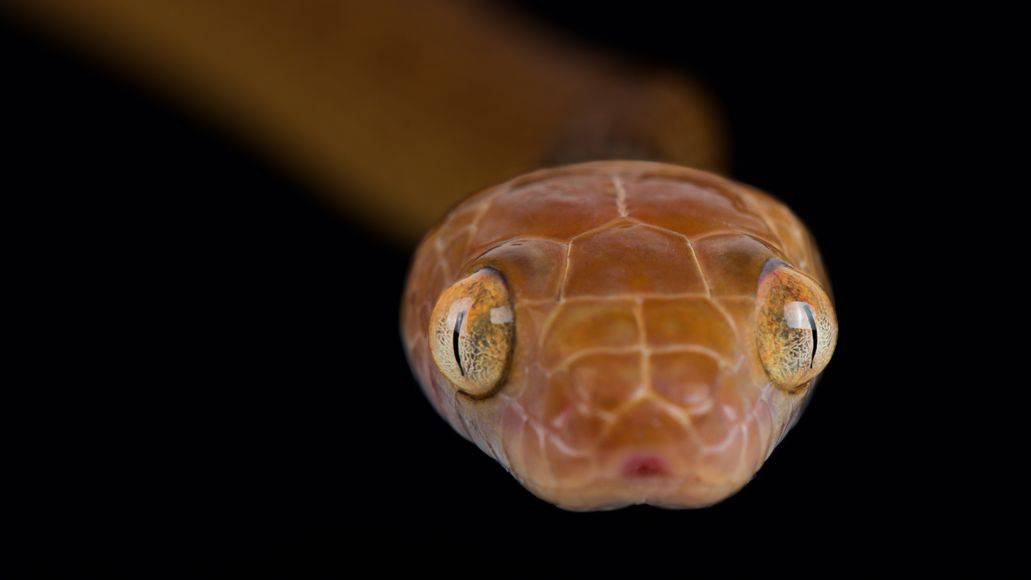
Brown tree snakes might surprise you—they can live 10 to 15 years in the wild, and even longer with good care in captivity.
These snakes come from Australia, Indonesia, and Papua New Guinea. They’re easy to spot with their slim build and impressive climbing skills. Brown tree snakes are lightning-fast in the trees, maybe the quickest of all arboreal snakes.
They’ve become a huge problem on Guam, arriving as stowaways on ships after World War II. Their numbers exploded. Some areas now have 13,000 to 30,000 snakes per square mile.
They’re notorious for causing trouble, climbing power lines and knocking out electricity about once every four days on Guam. Brown tree snakes can go a long time without food, which helped them spread by hiding in cargo and planes.
Factors That Influence Snake Lifespan
Several things play into how long your snake will stick around. Genetics set the basic range, but environment, nutrition, and medical care help your snake hit its full potential.
Genetic Traits
Your snake’s DNA is the biggest factor in its maximum lifespan. Different species have built-in programs for aging and longevity.
Ball pythons live 20-30 years because their genes slow down aging. Corn snakes usually go 15-20 years for the same reason.
Bigger snakes like boas and pythons often live longer than smaller ones like garter snakes. Size seems to matter here.
Common Lifespan Ranges by Size:
- Small snakes (under 3 feet): 8-15 years
- Medium snakes (3-6 feet): 15-25 years
- Large snakes (over 6 feet): 20-30+ years
Some genetic lines within a species live longer than others. Breeders often select for snakes that age well. Your snake’s metabolism comes down to genetics, too. Slower metabolisms usually mean a longer life.
Habitat Quality
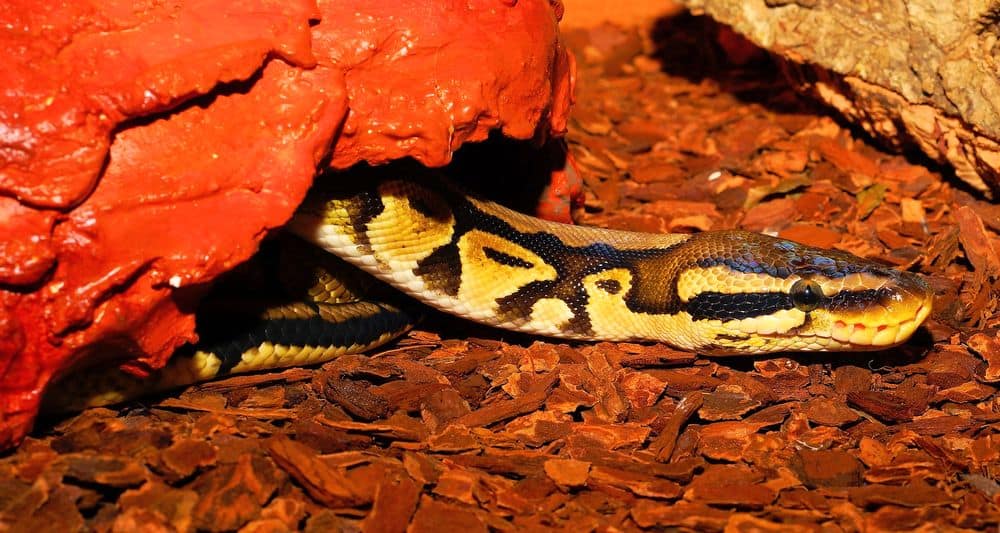
The environment you set up has a huge impact on your snake’s health and how long it sticks around. Cramped, dirty, or stressful conditions? That’s a fast track to a shorter life.
Snakes really depend on good temperature control. They need a warm side and a cool side in their enclosure so they can digest food and keep their immune systems working.
Humidity isn’t just a detail—it’s essential. Ball pythons like 50-60% humidity, but desert snakes? They want things much drier.
Key Habitat Factors:
- Temperature: Basking spots and cooler areas they can move between
- Humidity: Keep it in the range your species needs
- Space: Give them room to stretch out and move
- Hiding spots: Secure hideouts to help them chill out
- Substrate: Use safe, species-appropriate bedding
Cleanliness matters. If you keep things tidy, you’ll avoid most bacterial and fungal issues. Let things get gross, and you’ll start seeing respiratory and skin problems.
Wild snakes have it rough—predators, wild weather, food shortages. In contrast, snakes in good enclosures usually outlive their wild cousins.
Diet And Nutrition
Feeding your snake right makes a big difference. Both what you feed and how much you give matter more than you might think.
Pick prey that’s the right size. Too big and you risk injury or regurgitation. Too small, and your snake won’t get what it needs.
How often you feed depends on age and species. Young snakes eat more often than adults. No surprise there.
Feeding Guidelines:
- Juveniles: Every 5-7 days
- Adults: Every 10-14 days
- Large adults: Every 2-3 weeks
Frozen-thawed rodents are a solid choice. They offer reliable nutrition, with no parasite drama.
It’s easy to overdo it. Overfeeding leads to obese, sluggish snakes with health issues. Underfeeding? That’s just as bad. It can lead to weak immune systems, stunted growth, and more sickness.
Generally, you don’t need vitamin supplements if you’re feeding whole prey. Gut-loaded prey usually covers all the bases.
Veterinary Care

Regular checkups with a reptile vet can catch problems before they get serious. It’s way easier to prevent than to fix.
Don’t wait until there’s an emergency. Find a vet with reptile experience ahead of time. Not every vet knows snakes.
Keep an eye out for mouth rot, mites, or respiratory issues. If you catch these early, you’ve got a much better shot at a good outcome.
Common Health Issues:
- Respiratory infections from humidity problems
- Mouth rot if things get too dirty
- Mites from contaminated bedding
- Stuck sheds when humidity is too low
Always quarantine new snakes for 30-60 days. It’s not fun, but it keeps your other reptiles safe from new bugs.
Annual checkups track weight and general health. Older snakes might need to see the vet a little more often.
Parasites can sap your snake’s health slowly. Fecal exams catch internal parasites before they turn into a real problem.
How To Support Healthy Aging In Long-Lived Snakes
When your snake starts getting up there in years (15, 20, or beyond) routine care isn’t enough. Stable environments, some mental stimulation, and a sharp eye for age-related changes help them reach 30+ years, sometimes more.
Optimal Enclosure Conditions
Older snakes get pickier about temperature. Try for a warm side around 88-92°F and a cool side near 78-82°F for most species.
I’d skip the heat lamps for older snakes. Ceramic heat emitters or under-tank heaters give steady warmth without the stress of bright lights.
Give your thermostats a quick check every month. Even small temperature swings can knock an older snake’s immune system off balance.
Humidity should stay in the 50-60% range for species like ball pythons and corn snakes. A digital hygrometer makes it easier to keep tabs on things.
Offer several hides on both warm and cool sides. Seniors tend to hide more and really need those safe spots.
Clean up weekly with reptile-safe disinfectant. Older snakes don’t bounce back from bacteria or mold as easily.
Enrichment And Activity
Even older snakes need a little variety. Switch up hides and decorations every now and then to give them something new to explore.
Mix in textures, like cork bark, smooth rocks, fake plants. It’s not just for looks; it gives them options for resting and helps with shedding.
Feeding enrichment keeps them engaged. Wiggle the prey a bit with tongs before you offer it.
If you’ve got a semi-arboreal snake, provide some sturdy branches or a hammock. Older snakes slow down, but they still like to climb sometimes.
Handle your snake gently and briefly if it’s comfortable for them. It’s a good way to check for lumps, injuries, or other issues. And it keeps them used to you.
Don’t overhaul the enclosure all at once. Older snakes take longer to adjust to changes, so go slow.
Recognizing Common Age-Related Health Issues
Keep an eye on appetite changes that last more than a couple of feedings. Older snakes might eat less, but they should still show some interest.
Shedding issues crop up more with age. Watch for stuck shed, especially on the tail, eyes, or mouth.
Listen for wheezing or mouth breathing. Respiratory infections get more common as snakes age.
Scale rot shows up as dark or weird-looking belly scales. Usually, this means humidity or cleanliness needs work.
Track your snake’s weight every month. Sudden changes (up or down) can be a red flag.
If your snake starts having trouble coiling or seems weak, you might be looking at neurological problems. Call a reptile vet if you see this.
For snakes over 15, make those vet visits a yearly thing. Spotting problems early beats scrambling later.
Snakes That Live Longer Than 20 Years: Conclusion
Some snakes can stick around for a surprisingly long time. If you’re into reptiles, that’s a pretty big plus. Ball pythons, boa constrictors, and corn snakes top the list, often living well past 20 years when you take care of them right.
Your snake’s lifespan hinges on a few things. Solid nutrition, a comfortable habitat, and regular vet visits all play a part.
Captive snakes usually outlive their wild cousins. They don’t have to dodge predators or deal with as many illnesses. You can keep their food, water, and shelter steady and safe.
Main things that shape how long your snake lives:
- Species and size
- Quality of diet and feeding routine
- Temperature and humidity
- Enclosure space and cleanliness
- How much stress and handling they get
Bigger snakes often outlast smaller ones. Some pythons and boas hit 25–30 years, sometimes more. On the other hand, little guys like garter snakes might only make it 5–10 years.
If you start with a healthy, young snake, you’re setting yourself up for a longer journey together. It’s smart to go through breeders who can show you health records.
But, honestly, keeping a snake for decades is a real commitment. You’ll have to stick with their care year after year. Make sure you’re up for it before you take the plunge.
Leave a Reply